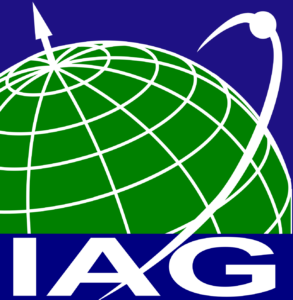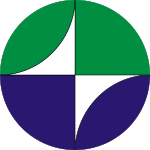Working Groups 1.4
WG 1.4.1: Improving and homogenisation of geophysical modeling for a better consistency of the reference frames
Chair: Tobias Nilsson (Sweden)
Terms of Reference
In the data analysis done for a new reference frame realisation (e.g., the ITRF or the ICRF), a multitude of models are used to correct for geophysical effects, for example atmospheric refraction, tides, and geophysical loading. Since the models used in the data analysis for the ITRF and the ICRF are not necessarily identical, this will lead to inconsistencies between the frames. These inconsistencies will also affect the EOP.
The aim of this WG is to investigate the geophysical models used in the data analyses to find out their quality, as well how they impact the reference frames and the EOP.
The work will mainly focus on the TRF and CRF, but emerging reference frames like the ITGRF, IHRF and the reference frame for the moon will also be considered.
Objectives
- Investigate the quality of different geophysical models.
- Develop methods for comparing TRF, CRF and EOP realisations and assessing the consistency between them.
- Perform different studies (theoretical, simulations, and analysis of real data) aimed at determining the impact of different geophysical models on the TRF and CRF and their consistency.
- Assess the consistency between the geophysical models used for the ITRF and the ICRF with those used for the ITGRF, the IHRF, and the lunar refence frame.
- Give recommendations to the IAG technique Services on what models to use in the data analysis and on the importance of using consistent models.
Members preliminary
- Tobias Nilsson (Sweden); Chair
- Sergei Bolotin (USA)
- Susanne Glaser (Germany)
- Robert Heinkelmann (Germany)
- Maria Karbon (Spain)
- Hana Krasna (Austria)
- Lucia McCallum (Australia)
- Daniella Thaller (Germany)
- Minghui Xu (Germany)
WG 1.4.2: Studying and modeling the structure of the AGNs and its evolution over time and frequency for the future CRFs
Chair: Minghui Xu (Germany)
Terms of Reference
The aim of this WG is to characterize, monitor, model, and interpret the structure of the AGNs in order to improve the position accuracy for the next generation CRFs and thus provide a more stable CRF for geodesy. This WG will lead a pilot project to develop a road map to make structure maps, align them over frequency and time in the presence of core shift, and calibrate the visibilities based on them. The final products from this project are group and/or phase delays that are free of the effects of source structure and refer to the positions of the selected feature of the AGNs.
Objectives
- Construct the structure models (aligned images) from VLBI observations, e.g., the VGOS observations and the astrometric VLBI observations from VLBA and compare the different algorithms/methods for deriving images.
- Define the key parameters for the future CRFs and explore different approaches, such as the radio feature defining the reference position, jet direction, and Gaussian parameters of the structure.
- Study the role of the jet directions in VLBI data analysis and the frame ties between multiple radio wavelengths and optical wavelengths for the best frame ties.
- Monitor the structure evolution over time and frequency in geodetic VLBI observations.
- Explore the usage of geodetic VLBI observations for astrophysics by providing aligned images and core-shift measurements on a weekly basis.
- Create a knowledge-transfer result-validation loop in the three disciplines of geodesy, astrometry, and astrophysics on the ground of the new generation of geodetic VLBI system.
Members preliminary
- Minghui Xu (Germnay); Chair
- Robert Heinkelmann (Germany)
- Maria Karbon (Spain)
- Sebastien Lambert (France)
- Zinovy Malkin (Russia)
- Tobias Nilsson (Sweden)



